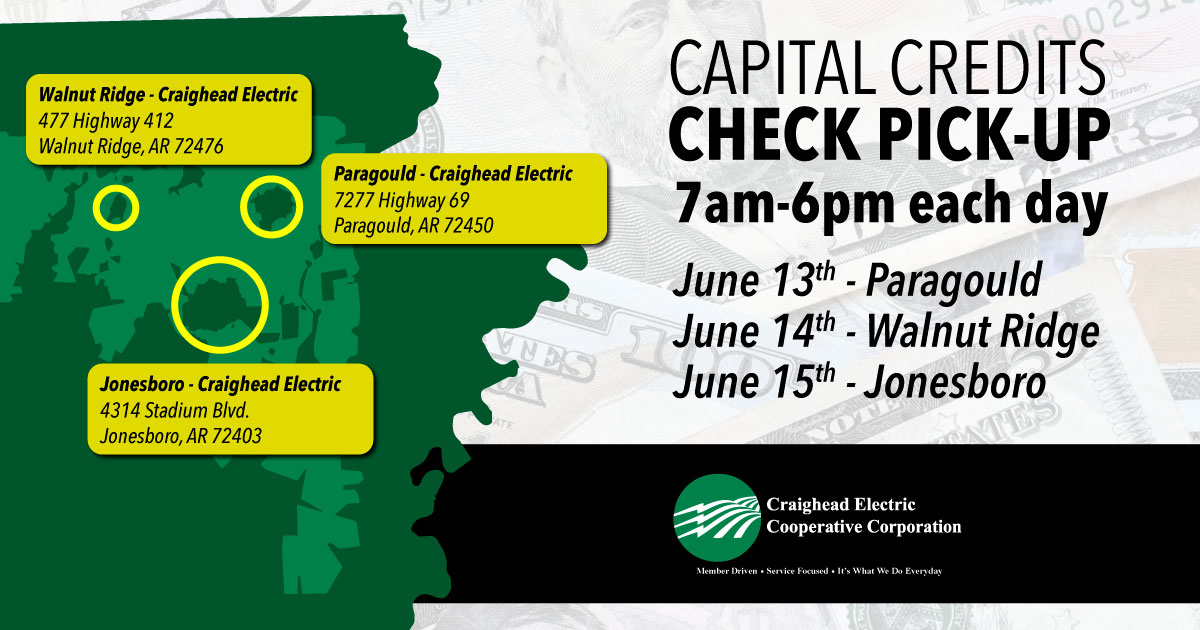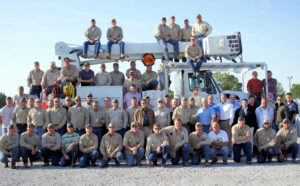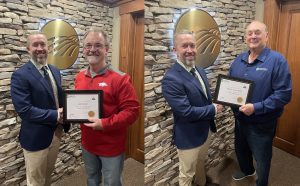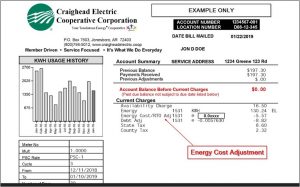Craighead Electric Cooperative’s (CECC) first capital credit check pickup events in 2022 were a huge success, and they are coming back for 2023! The annual capital credits reimbursement is when the cooperative shares its profit margins for specific years with its members. These capital credits reflect your ownership stake in the company and are paid out based on your financial participation.
For 2023, CECC is giving back $1.4 million to its members and is offering them the chance to claim their share in person at one of three patronage capital events. You can pick up your capital credit check from 7 a.m. to 6 p.m. at one of these locations:
– June 13, Paragould district office, 7277 Hwy 69
– June 14, Walnut Ridge district office, 477 Hwy 412
– June 15, Jonesboro headquarters, 4314 Stadium Blvd.
You can also chat with a cooperative representative and learn more about the services available from the cooperative, such as empower broadband, SmartHub and more.
How do you know if you will have a check to pick up at these events? Just ask yourself this: Did you have electric service from Craighead Electric in 2007 or 2021? If yes, congratulations! You will most likely receive a capital credits reimbursement this year! However, if your refund amount is less than $50, it will be credited to your June 2023 electric bill instead of being mailed to you.
FAQ
What are capital credits?
Capital credits are your share of the cooperative’s profits. As a member-owner of the electric cooperative, you benefit from its financial success when the business is being run responsibly.
How do I know if I have a check available to pick up?
You can call Craighead Electric at 1-800-794-5012 if you are not sure if your capital credit check will be available for pickup or credited to your June bill.
What if I miss the pickup events?
Don’t worry, your capital credit check will be mailed to you as usual. You should receive it by mid-July.




